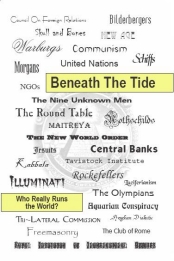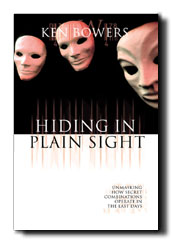 Biography
Biography
4 June 1802–1874. Hebraist, textbook writer, teacher; probably born at New York City. Son of Gershom Mendez Seixas and Hannah Manuel. Married Henrietta Raphael of Richmond, Henrico Co., Virginia. Taught Hebrew at New York and Charlestown, Massachusetts. His work Manual Hebrew Grammar for the Use of Beginners was published at Andover, Essex Co., Massachusetts, 1833. Taught at Oberlin College, Ohio, 1835. Among his students was Lorenzo Snow, whose sister Eliza was a Latter-day Saint and lived in JS household at Kirtland, Geauga Co., Ohio. (JS possibly first heard of Seixas from this source or from Daniel Peixotto, whose wife, Rachel, was Seixas’s cousin.) Taught private course in Hebrew for six weeks at Western Reserve College at Hudson, Portage Co., Ohio, beginning in Dec. 1835 and ending 23 Jan. 1836. On 26 Jan. 1836, arrived at Kirtland, where he taught Hebrew from 26 Jan. to 29 Mar. 1836. Returned to New York by 1838.Church members eventually settled in Kirtland, Ohio. There, Joseph Smith organized a school for adults. Initially, the classes were held in the temple and included classes in Hebrew and Greek. Both men and women participated in the school and studied together. Joseph enrolled in and attended the Hebrew class because he wanted to learn to read the Bible in its original language. One entry of his personal journal reads: “After a hard day’s work, went to my Hebrew class, and studied far into the night. Up in the morning and out at nine o’clock, attended the school and translated with the morning class. . . Attended my studies as usual and made some advancement.”
The Hebrew class was taught from January 26 to March 29, 1836 by Joshua Seixas, a Jewish man who had converted to Christianity. The previous year, Seixas had taught at Oberlin College in Ohio, where Lorenzo Snow attended. Snow was not a member of the church at that time, although he would later join and would eventually become a prophet. He took classes from Seixas and wrote to his LDS (Mormon) sister about how much he enjoyed the teacher. His sister, Eliza R. Snow, was currently living in Joseph Smith’s home. She passed along the information to the prophet, who sent emissaries to hire Seixas. Seixas taught forty students during the course.
This course had the side impact of helping to convert Lorenzo Snow, who was becoming frustrated with his religious studies at Oberlin. His sister suggested he come to Kirtland and study Hebrew there under Seixas. While there, he was converted to the church.
Joseph studied Hebrew on his own until the classes began and later joined nine other students for additional coursework from Seixas. Although the class didn’t last for long, Joseph and one other student were able to read Hebrew well by the time the class ended. He often discussed language issues in his talks about the scriptures. Joseph became very excited by the study of languages, and made a list of a dozen languages he hoped to master in his lifetime.
When the church was forced out of its home and moved to Nauvoo, Illinois, it again established schools, including a small university. Hebrew was also a part of this school.






_(english).jpg) It is perhaps the most instantly identifiable mark of a Jew.
It is perhaps the most instantly identifiable mark of a Jew.

No comments:
Post a Comment